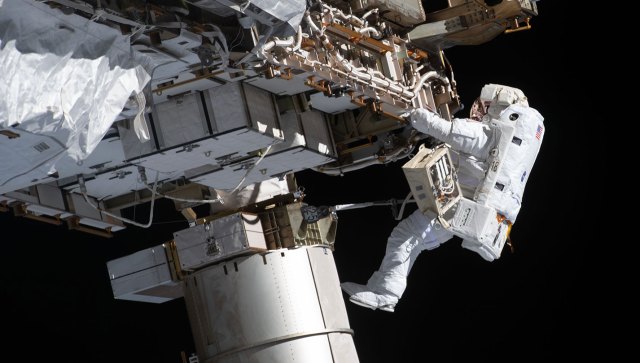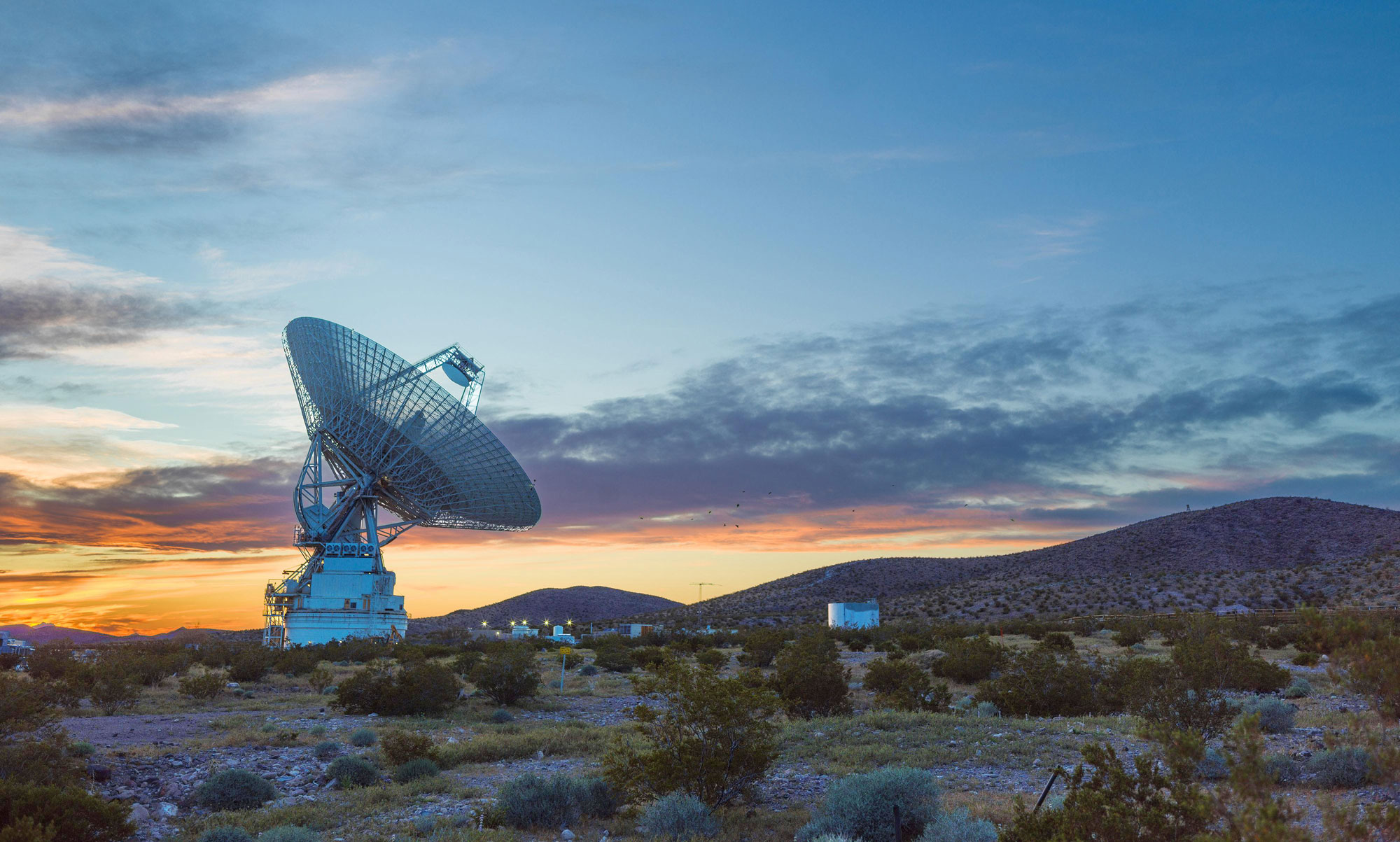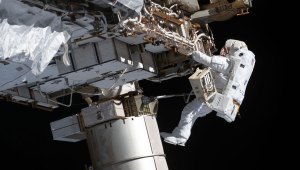How do you communicate with a spacecraft 15 billion miles away from Earth? NASA launched the historic Voyager 1 probe nearly half a century ago, and since then it has ventured farther than any other mission. Today, it takes over 22 hours and five gigantic radio antennas to detect Voyager 1’s faint signal and receive key scientific data. Soon, a sixth antenna will be required as the probe continues its journey.
These antennas are part of NASA’s Deep Space Network (DSN): the largest and most sensitive scientific telecommunications system in the world. The DSN commands, tracks, and monitors over 40 missions, including those traveling between planets and a few that orbit Earth. Dozens of additional missions are set to launch in the coming years, putting even more strain on the network’s already limited bandwidth. Over the last decade, the NASA Office of Inspector General (OIG) has issued a series of recommendations to help the Agency balance these demands while overseeing much-needed repairs to the network’s aging infrastructure. These efforts will ensure the DSN’s longevity—supporting initiatives like Artemis and the Nancy Grace Roman Space Telescope that will usher in the next era of space exploration.
Established in 1963, the DSN is managed by the Jet Propulsion Laboratory and comprised of 14 operational antennas across three locations around the world. The largest, most sensitive antennas are roughly 230 feet in diameter and capable of tracking faint signals from spacecraft tens of billions of miles away.
NASA OIG examined the DSN’s state, performance, and cost in a 2015 audit, followed by another report in 2023. Several other reports have noted how DSN limitations impact individual programs and projects. The auditors found that the amount of data collected and transmitted via the network has increased significantly over the last 30 years—with demand exceeding supply by 40 percent at times. Much like a high volume of cars on a single road leads to a traffic jam, when the DSN is overburdened missions may have to wait longer to send new commands or receive data. By early 2030, demand for DSN support is expected to increase by a factor of 10.
NASA is currently working on several ambitious projects that will depend on the DSN—further constricting the network’s ability to meet growing demands. In 2026, the Agency intends to launch Artemis II, a 10-day mission that will carry four astronauts around the Moon. Artemis II’s uncrewed predecessor, Artemis I, required more than 900 hours of DSN support over 25 days when it launched back in 2022. It experienced a temporary loss of in-flight communications, highlighting several issues with the DSN caused by maintenance deferrals and hardware deterioration. Looking forward, the Agency must also consider how future Artemis communication needs will affect other missions. Every two years, Artemis will share the same part of the sky—and the same antennas—with the DSN’s largest capacity users, including the Mars 2020 Perseverance Rover and James Webb Space Telescope.
For safety reasons, spacecraft carrying humans take network precedence. Beyond that, the DSN has no priority list to determine which missions get time on the network to send commands and receive data. Instead, mission managers must negotiate with one another to determine the schedule months in advance. The OIG found that, over the course of five years, NASA missions (such as Mars Odyssey, Voyager 2, and New Horizons) received between 8,500 and 15,000 fewer DSN tracking hours than requested. These scheduling limitations can have cascading effects that hinder uncrewed scientific missions—potentially leading to data loss and wasting taxpayer dollars.
One highly anticipated scientific mission is the Nancy Grace Roman Space Telescope, scheduled to launch by 2027. Roman will rely on several networks—including the DSN—to transmit unprecedented amounts of data back to Earth. Over the course of five years, the telescope will share 20,000 terabytes of information about dark energy, exoplanets, and astrophysics. This is over 100 times more than the Hubble Space Telescope generated in 30 years. To guard against potential network failures and data loss, in 2024 the OIG recommended that NASA develop a contingency plan for Roman’s communications services and conduct an assessment of the DSN. OIG auditors are also currently developing recommendations to ensure the network can support the upcoming Near-Earth Object Surveyor Space Telescope, which will help protect Earth from hazardous asteroids and comets.
As NASA prepares for these and other upcoming missions (including the Dragonfly mission to Saturn’s moon Titan), the Agency is working to revitalize the DSN and upgrade its aging infrastructure. The Agency initiated the Deep Space Network Aperture Enhancement Project in 2010, which planned to build six new antennas to replace old ones. However, at the start of fiscal year 2023, the project was nearly 5 years behind schedule and expected costs had increased by 68 percent, totaling $706 million. As another option, NASA is considering bolstering the Near Space Network (known as the NSN) to offload some services from the DSN.
Maintaining the DSN is paramount as NASA prepares to reach a new frontier of space exploration. In 1969, the DSN transmitted Neil Armstrong’s famous words from the lunar surface: “That’s one small step for [a] man, one giant leap for mankind.” Soon, the network will facilitate another leap forward as humans journey back to the Moon—and beyond.







